 Web Content Display
Web Content Display
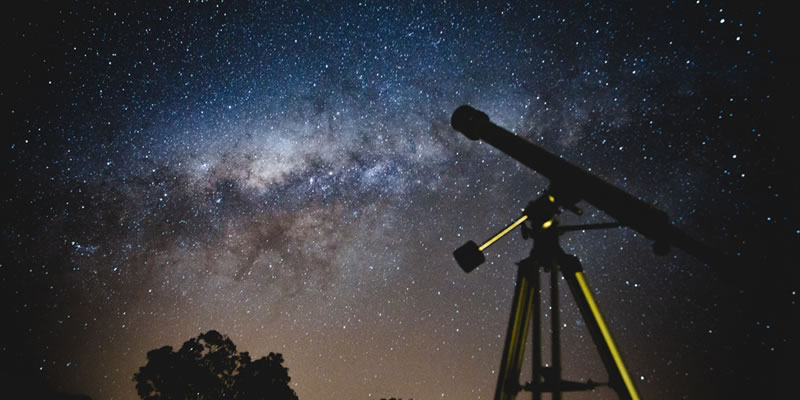
Observation Skills
Tab Menu
 Web Content Display
Web Content Display
A pair of sharp eyes, a small flashlight covered with red cellophane and a star map are all you need. Binoculars is a plus but not a must. You don't need telescope unless you want to study the deep sky objects like nebulae and clusters or the planetary features. But then you won't be able to spot a whole constellation as the field of vision is too narrow.
Don't forget to bring along a jacket with you as the temperature will fall at night.
 Web Content Display
Web Content Display
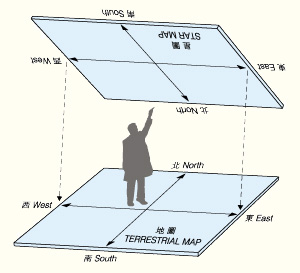
Rotary star map is best for beginners, while monthly star map usually gives more details of the night sky.
Keep in mind that the night sky changes from days to days and hours to hours. A monthly star map shows the night sky at about eight or nine o'clock of that particular month. For every two hours, use the star map for the following month.
Star map is easy to use. Just hold it over your head and turn it until the direction indicated on the map points to the same direction in the field.
However clear the sky, only about 3,000 stars at most can be seen with the naked eye. Astronomers rate the brightness of stars by a system of numbers called magnitudes. The fainter the stars, the greater the number they are. The faintest stars that can be seen with the naked eye are of sixth magnitude.
Download Western Sky Maps
| Jan | Feb | Mar | Apr | May | Jun |
| Jul | Aug | Sep | Oct | Nov | Dec |
 Web Content Display
Web Content Display
Stargazing can be a luxury in Hong Kong where light pollution and high-rise buildings are almost everywhere. To look for a starry sky, the suburb of the city such as Lantau Island and Sai Kung are ideal places. But for beginners, places where street lights, buildings or trees are not obscuring your view too much will be pretty good. Examples are beaches in Southern District on Hong Kong Island, the Shing Mun Reservoir or even the recreational grounds nearby some housing estates.
Clear moonless nights are ideal for stargazing but these might be rare. Even with some moonlight or clouds, you can still see a fair number of stars. They won't be such a nuisance for it could make the finding of the constellations more challenging.
 Web Content Display
Web Content Display
Spotting a constellation with star maps is similar to locating yourself in the field with a terrestrial map. You have to take the bearings, understand the scale and then look for any prominent stars.
To identify directions, use a compass or just to remember the direction where the Sun sets. The Dipper or the big "W" of Cassiopeia are also obvious signs of directions if you already know something about stargazing.
The postures in the diagrams (with arm stretching) illustrate how to measure roughly the distance between two stars.
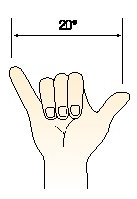
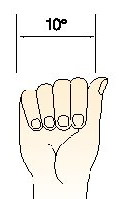

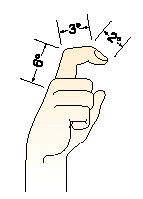
 Web Content Display
Web Content Display
Identification of constellations can be helped by looking for the patterns formed by bright stars in the sky. The
stars in the same constellation have varying brightness. Therefore, it may be difficult to see the entire
constellation under unfavorable stargazing conditions. However, we may make use of conspicuous patterns formed by
bright stars of different constellation to act as signposts to other constellations.
To understand more by clicking
"Starry Sky of the Four Seasons".
Spring Curve

The bright stars that form the Spring Curve start from the three bright stars in the handle of the Big Dipper at the tail of Ursa Major (Alioth, Mizar and Alkaid) and stretch to Arcturus in Bootes and Spica in Virgo, and finally end at the quadrilateral Corvus.
Spring Triangle and Great Diamond
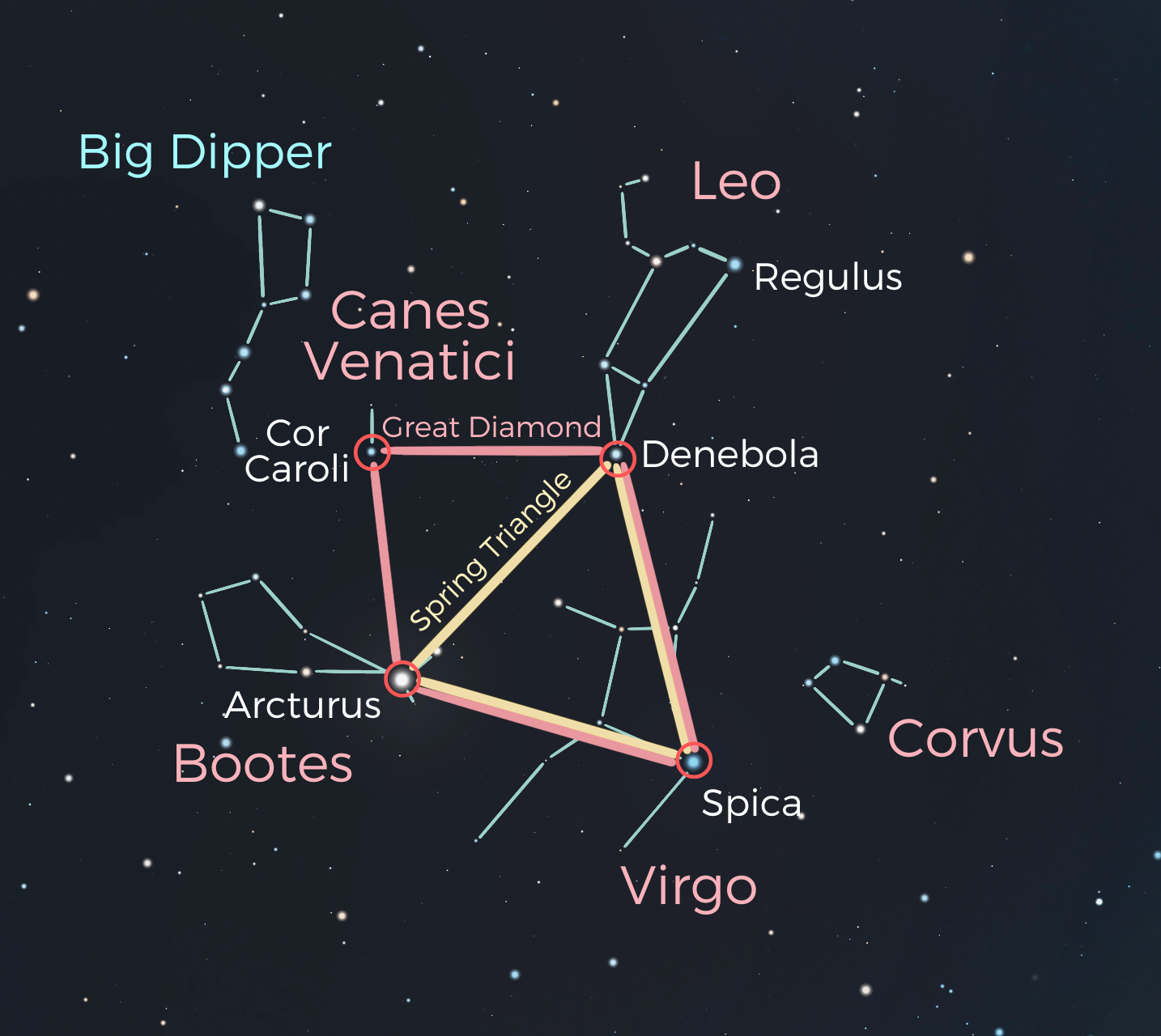
Spring Triangle, which comprises Arcturus in Bootes, Spica in Virgo and Denebola in Leo. By adding Cor Caroli in Canes Venatici to the Spring Triangle, the Great Diamond is formed.
Summer Triangle
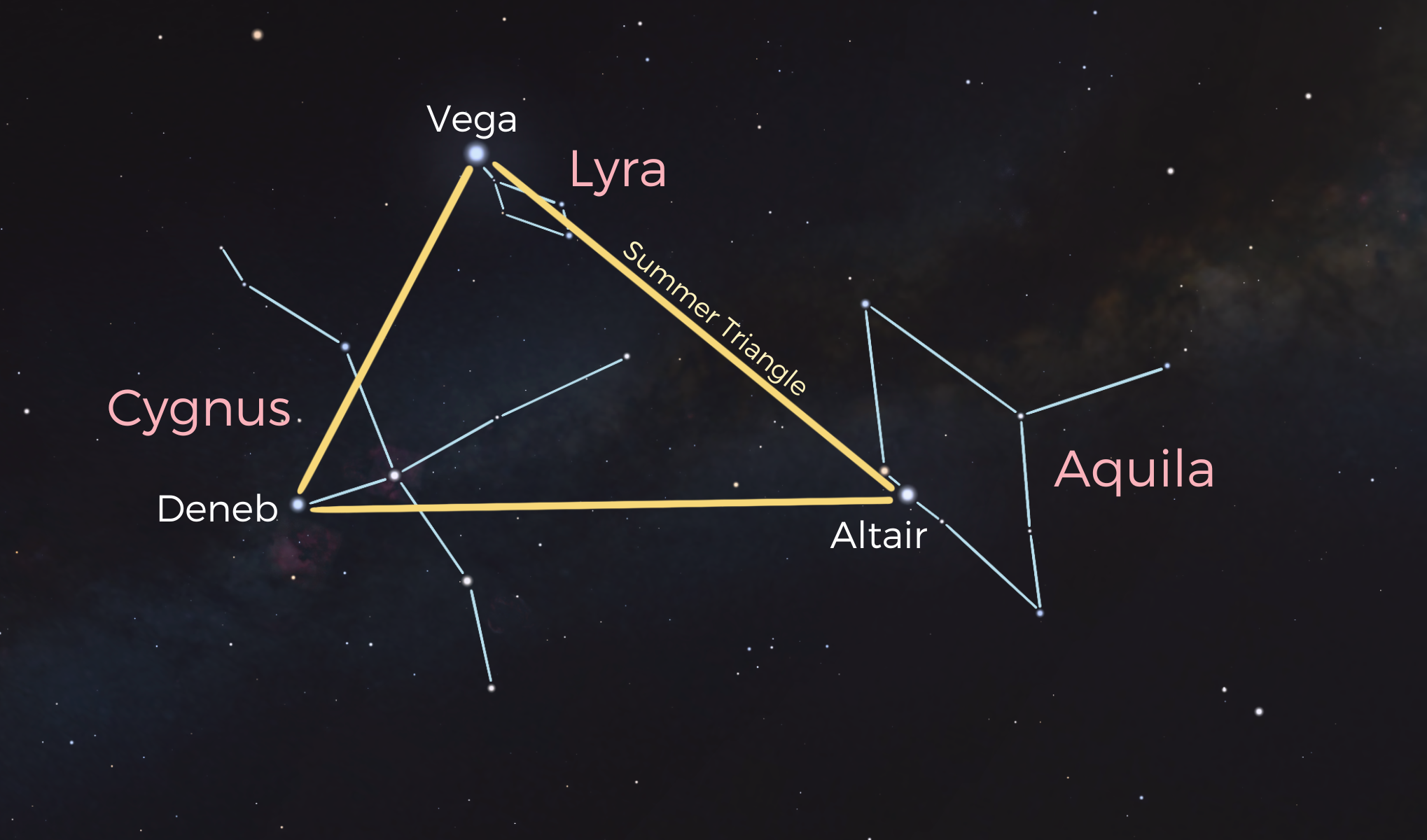
Altair and Vega, the brightest stars in Aquila and Lyra respectively, together with Deneb in Cygnus, which is located at the Milky Way form the Summer Triangle.
Autumn Square

Autumn Square consists of 3 bright stars of Pegasus and 1 bright star of Andromeda. As there are no bright stars around Pegasus, this square is easily noticeable.
Winter Triangle and Winter Circle
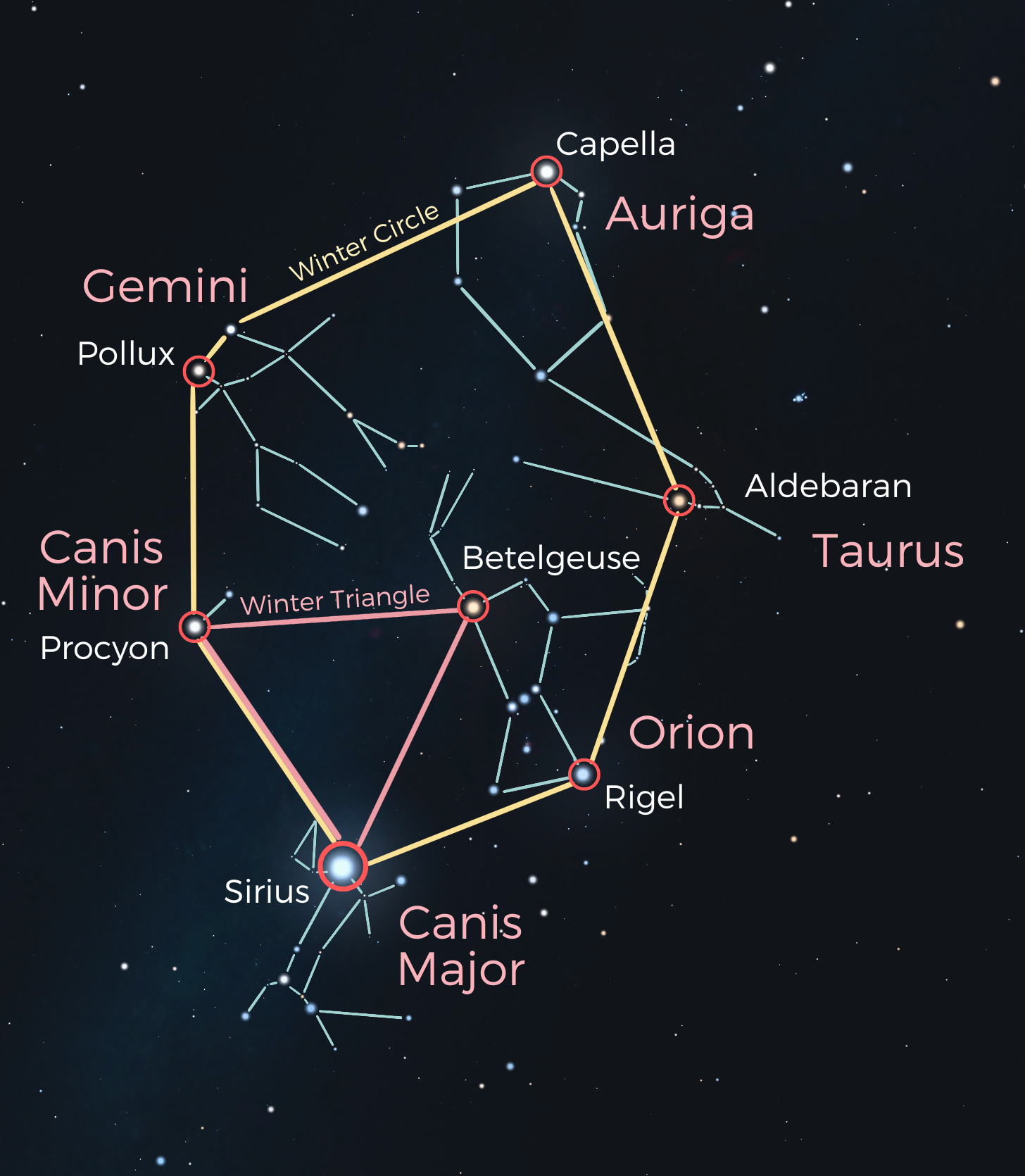
The Winter Triangle is an almost equilateral triangle composed of Sirius in Canis Major, Procyon in Canis Minor and Betelgeuse in Orion. The Winter Circle, also known as the Winter Hexagon, is made up of Rigel in Orion, Sirius in Canis Major, Procyon in Canis Minor, Pollux in Gemini, Capella in Auriga and Aldebaran in Taurus.
 Web Content Display
Web Content Display
Do not use flashlight to take photos

In a dark place, our pupils dilate. A person will feel discomfort and lost his dark adaptation if a strong light shines on his eyes suddenly. Photos of wispy nebulae and galaxies can only be taken with extended exposure. Not only flashlight does not help, it is a nuisance.
Use Red Torch for Lighting

Red light is less irritating to the eyes and helps to preserve our night vision. A red torch can be prepared easily by wrapping a sheet of red cellophane, cloth or even a plastic bag over an ordinary torch.
Do not start a fire close to somebody's telescope

Since flames are bright and the hot air around causes the image to shiver, the surface details of the celestial body cannot be resolved when a fire is around. Use a warm pack or put on more clothes to keep warm.

